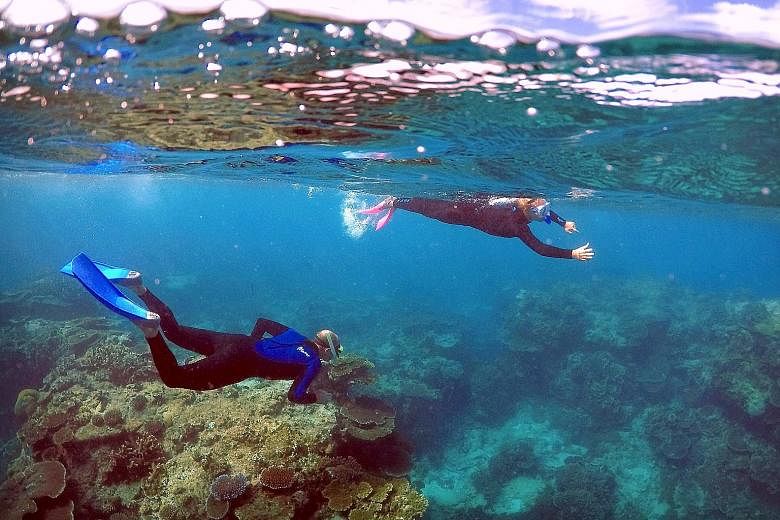Q How much of the oxygen that we breathe is generated by marine life, rather than by terrestrial vegetation?
A Marine organisms, especially photosynthetic phytoplankton and algae, are responsible for more than half of our atmospheric oxygen, according to the National Oceanic and Atmospheric Administration in the United States.
It was the buildup of atmospheric oxygen produced by marine life such as primitive cyanobacteria that made life possible for terrestrial animals, most scientists believe.
The atmosphere (and oceans as well) remained mostly oxygen-starved for almost 90 per cent of earth's history, according to a 2014 review article in the journal Nature.
Less than one million years ago, a series of chemical and biological changes culminated in an increase in the percentage of oxygen in the atmosphere to today's 21 per cent from a longtime level of about 5 per cent.
Humans require a minimum concentration of about 19.5 per cent.
NYTIMES

